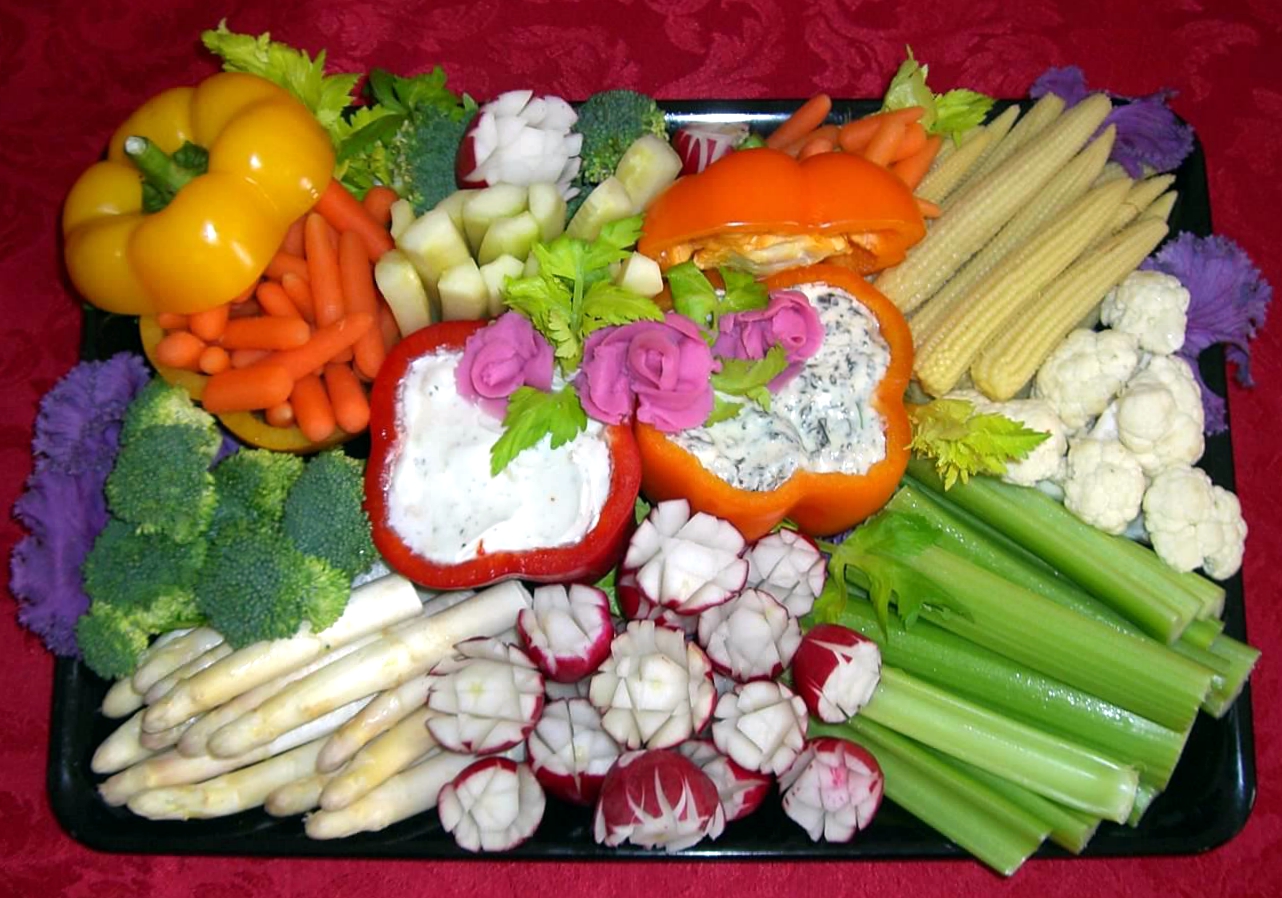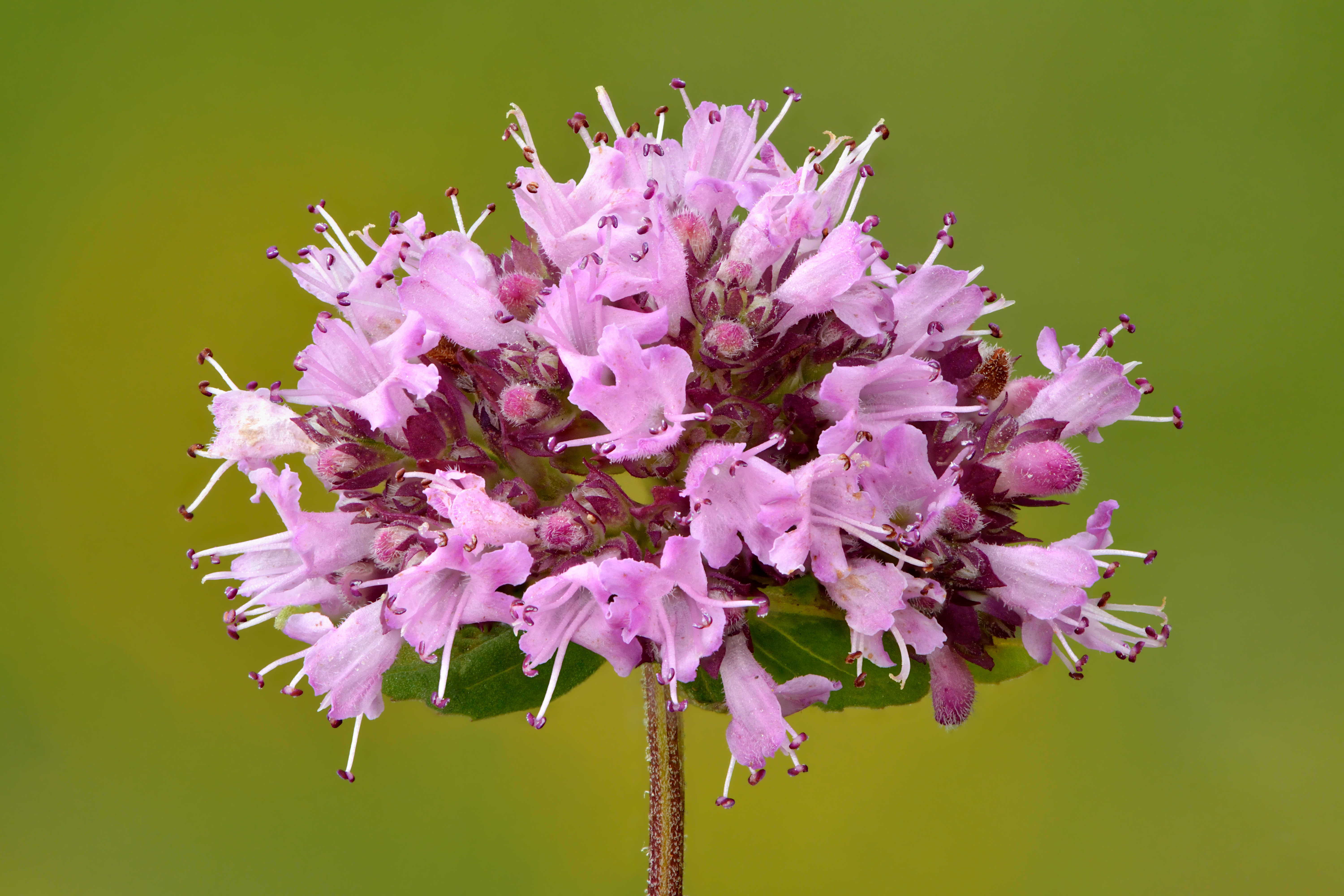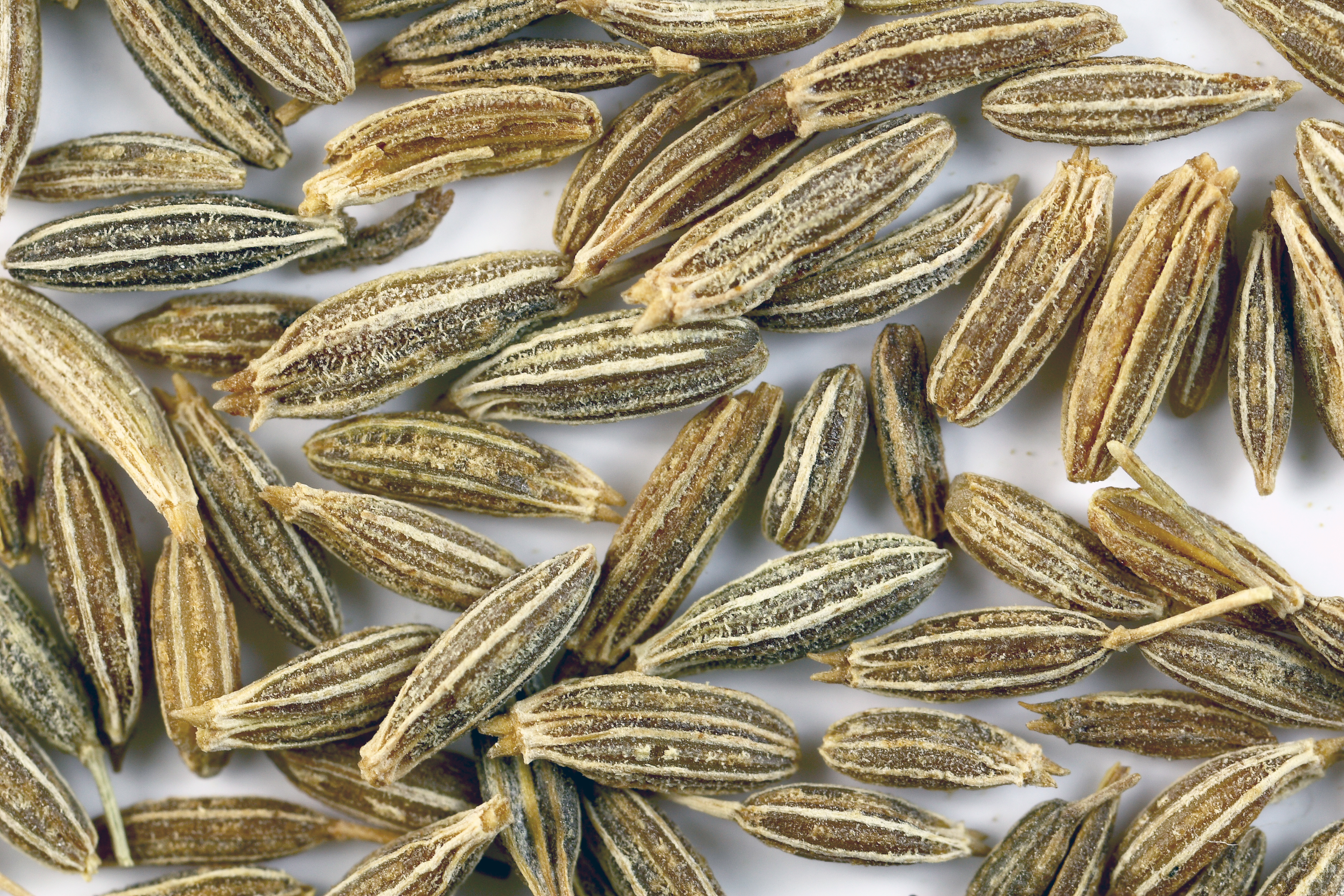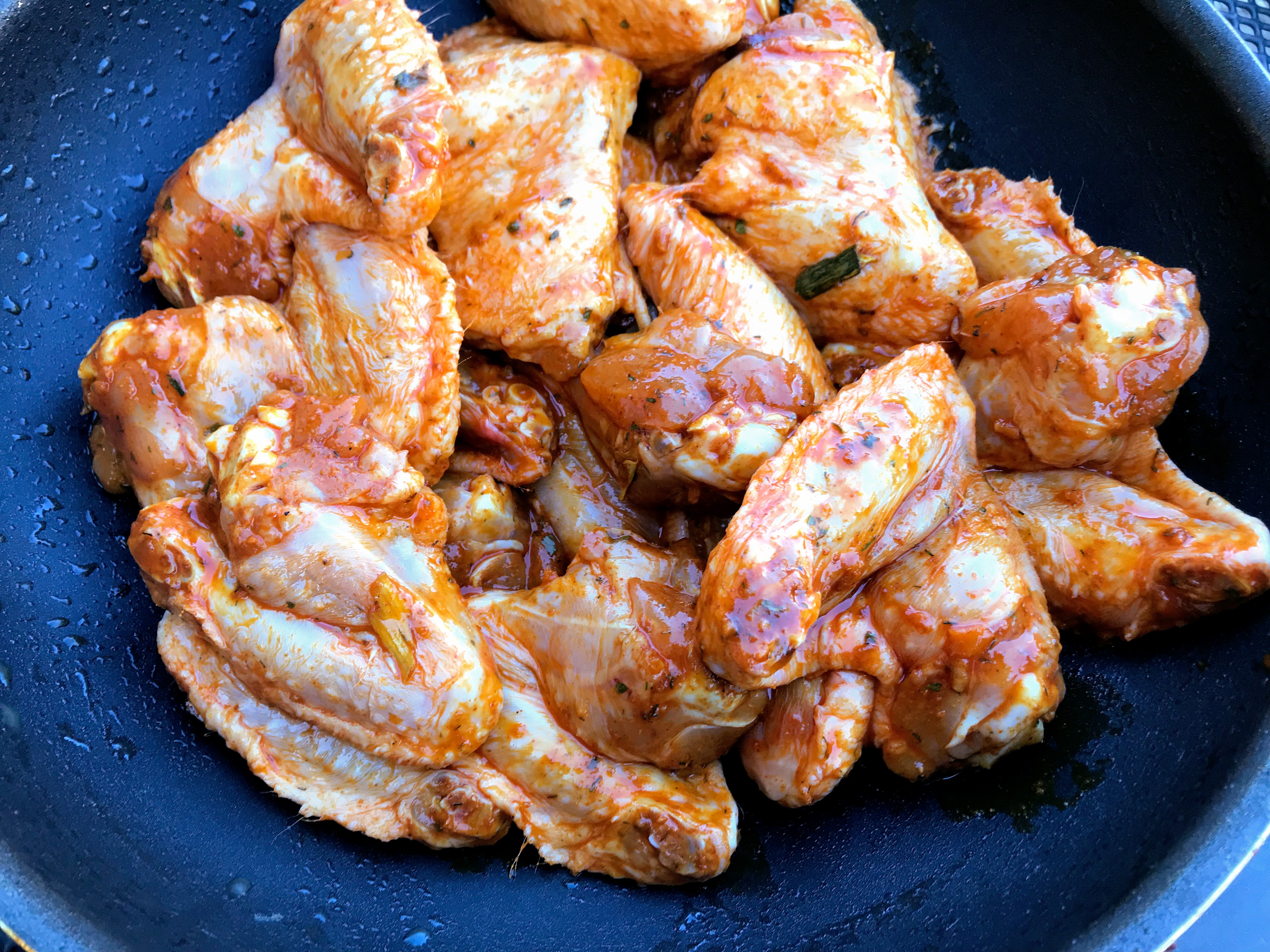|
Pinchito
Pinchitos or pinchos morunos is a Moorish-derived food in Spanish cuisine, similar to kebab. The name ''pinchitos'' is used in the southern Spanish autonomous communities of Andalusia and Extremadura. They consist of small cubes of meat threaded onto a skewer () which are traditionally cooked over charcoal braziers. Similar dishes in North Africa or other Muslim majority countries tend to be lamb based, but pork and chicken are the most popular meats for the dish in Spain. In other countries Puerto Rico In Puerto Rico, they are called pinchos and they are so popular that they are almost considered as a traditional dish. Unlike other countries, pinchos are made throughout the year. Pinchos are sold basically everywhere on the island of Puerto Rico, but mainly in food trucks or markets around the beach and the old town. Pinchos can be made with different kinds of meat (pork being the most famous one); however, they are also made with chicken and shark meat. They are always ... [...More Info...] [...Related Items...] OR: [Wikipedia] [Google] [Baidu] |
Kebab
Kebab ( , ), kebap, kabob (alternative North American spelling), kebob, or kabab (Kashmiri spelling) is a variety of roasted meat dishes that originated in the Middle East. Kebabs consist of cut up ground meat, sometimes with vegetables and various other accompaniments according to the specific recipe. Although kebabs are typically cooked on a skewer over a fire, some kebab dishes are oven-baked in a pan, or prepared as a stew such as '' tas kebab''. The traditional meat for kebabs is most often lamb meat, but regional recipes may include beef, goat, chicken, fish, or even pork (depending on whether or not there are specific religious prohibitions). Etymology The word kebab has ancient origins. It was popularized in the West by Turks to refer to a range of grilled and broiled meat, which may be cooked on skewers, including stews, meatballs, and many other forms. The word likely came to English in the late 17th century from the Persian , partly through Hindustani, and ... [...More Info...] [...Related Items...] OR: [Wikipedia] [Google] [Baidu] |
Appetiser
An hors d'oeuvre ( ; ), appetiser, appetizer or starter is a small dish served before a meal in European cuisine. Some hors d'oeuvres are served cold, others hot. Hors d'oeuvres may be served at the dinner table as a part of the meal, or they may be served before seating, such as at a reception or cocktail party. Formerly, hors d'oeuvres were also served between courses.''Oxford English Dictionary'', First Edition, 189''s.v.'' Typically smaller than a main dish, an hors d'oeuvre is often designed to be eaten by hand. Hors d'oeuvre are typically served at parties as a small "snack" before a main course. Etymology in French literally means 'outside the work', that is "not part of the ordinary set of courses in a meal". In practice, it is a dish which stands on its own as a snack or supports the main course. The French spelling is the same for singular and plural usage. In English, the typographic ligature is usually replaced by the digraph and two plural forms are accep ... [...More Info...] [...Related Items...] OR: [Wikipedia] [Google] [Baidu] |
Spain
Spain, or the Kingdom of Spain, is a country in Southern Europe, Southern and Western Europe with territories in North Africa. Featuring the Punta de Tarifa, southernmost point of continental Europe, it is the largest country in Southern Europe and the fourth-most populous European Union member state. Spanning across the majority of the Iberian Peninsula, its territory also includes the Canary Islands, in the Eastern Atlantic Ocean, the Balearic Islands, in the Western Mediterranean Sea, and the Autonomous communities of Spain#Autonomous cities, autonomous cities of Ceuta and Melilla, in mainland Africa. Peninsular Spain is bordered to the north by France, Andorra, and the Bay of Biscay; to the east and south by the Mediterranean Sea and Gibraltar; and to the west by Portugal and the Atlantic Ocean. Spain's capital and List of largest cities in Spain, largest city is Madrid, and other major List of metropolitan areas in Spain, urban areas include Barcelona, Valencia, Seville, ... [...More Info...] [...Related Items...] OR: [Wikipedia] [Google] [Baidu] |
Turmeric
Turmeric (), or ''Curcuma longa'' (), is a flowering plant in the ginger family Zingiberaceae. It is a perennial, rhizomatous, herbaceous plant native to the Indian subcontinent and Southeast Asia that requires temperatures between and high annual rainfall to thrive. Plants are gathered each year for their rhizomes, some for propagation in the following season and some for consumption or dyeing. The rhizomes can be used fresh, but they are often boiled in water and dried, after which they are ground into a deep orange-yellow shelf-stable spice powder commonly used as a coloring and flavoring agent in many Asian cuisines, especially for curries ( curry powder). Turmeric powder has a warm, bitter, black pepper-like flavor and earthy, mustard-like aroma. Although long used in Ayurvedic medicine, there is no high-quality clinical evidence that consuming turmeric or the principal turmeric constituent, curcumin, is effective for treating any disease. Curcumin, a bright ye ... [...More Info...] [...Related Items...] OR: [Wikipedia] [Google] [Baidu] |
Oregano
Oregano (, ; ''Origanum vulgare'') is a species of flowering plant in the mint family, Lamiaceae. It was native to the Mediterranean region, but widely naturalised elsewhere in the temperate climate, temperate Northern Hemisphere. Oregano is a woody perennial plant, growing to tall, with opposite leaves long. The flowers which can be white, pink or light purple, are long, and produced in erect spikes in summer. It is sometimes called wild marjoram, while its close relative ''Origanum majorana, O. majorana'' is known as sweet marjoram. Both are widely used as Herb, culinary herbs, especially in Turkish, Greek, Spanish, Italian, Latin, and French cuisine. Oregano is also an ornamental plant, with numerous cultivars bred for varying leaf colour, flower colour and habit. Etymology The English word "oregano" is a borrowing of the Spanish language, Spanish , which derives from the Latin , which itself comes from Classical Greek (''orī́ganon''). The ultimate origin is dispu ... [...More Info...] [...Related Items...] OR: [Wikipedia] [Google] [Baidu] |
Paprika
Paprika is a spice made from dried and ground red peppers, traditionally ''capsicum annuum''. It can have varying levels of Pungency, heat, but the peppers used for hot paprika tend to be milder and have thinner flesh than those used to produce chili powder. The milder, sweet paprika is mostly composed of the fruit of the pepper with most of the seeds removed; whereas some seeds and stalks are retained in the peppers used for hotter paprika. Paprika, like all capsicum varieties and their derivatives, is descended from wild ancestors from the Amazon River, cultivated in ancient times in South, Central and North America, in particular Mexican Plateau, central Mexico. The peppers were introduced to Europe, via Spanish Empire, Spain and Portuguese Empire, Portugal, in the sixteenth century. The trade in paprika expanded from the Iberian Peninsula to Africa and Asia and ultimately reached central Europe through the Balkans. European cuisines in which paprika is a frequent and major ... [...More Info...] [...Related Items...] OR: [Wikipedia] [Google] [Baidu] |
Thyme
Thyme () is a culinary herb consisting of the dried aerial parts of some members of the genus ''Thymus (plant), Thymus'' of flowering plants in the mint family Lamiaceae. Thymes are native to Eurasia and north Africa. Thymes have culinary, medicinal, and ornamental uses. The species most commonly cultivated and used for culinary purposes is ''Thymus vulgaris'', native to Southeast Europe. History Thymus serpyllum, Wild thyme grows in the Levant, where it might have been first cultivated. Ancient Egyptians used common thyme (''Thymus vulgaris'') for embalming. The Ancient Greece, ancient Greeks used it in their baths and burnt it as incense in their temples, believing it was a source of courage. The spread of thyme throughout Europe was thought to be due to the Ancient Rome, Romans, as they used it to purify their rooms and to "give an aromatic flavour to cheese and liqueurs". In the European Middle Ages, the herb was placed beneath pillows to aid sleep and ward off nightmares ... [...More Info...] [...Related Items...] OR: [Wikipedia] [Google] [Baidu] |
Cumin
Cumin (, ; ; ''Cuminum cyminum'') is a flowering plant in the family Apiaceae, native to the Irano-Turanian Region. Its seeds – each one contained within a fruit, which is dried – are used in the cuisines of many cultures in both whole and ground form. Although cumin is used in traditional medicine, there is no high-quality evidence that it is safe or effective as a therapeutic agent. Etymology and pronunciation The term comes via Middle English ''comyn'', from Old English ''cymen'' (which is cognate with Old High German ''kumin'') and Old French cummin, both from the Latin term . This in turn comes from the Ancient Greek (), a Semitic languages, Semitic borrowing related to Hebrew language, Hebrew () and Arabic (). All of these ultimately derive from Akkadian language, Akkadian (). The English word is traditionally pronounced (), like "coming" with an ⟨n⟩ instead of ⟨ng⟩ (/ŋ/)."Cumin." '' A Way with Words'' (Radio broadcast/podcast). 25 October 2014. Re ... [...More Info...] [...Related Items...] OR: [Wikipedia] [Google] [Baidu] |
Garlic
Garlic (''Allium sativum'') is a species of bulbous flowering plants in the genus '' Allium''. Its close relatives include the onion, shallot, leek, chives, Welsh onion, and Chinese onion. Garlic is native to central and south Asia, stretching from the Black Sea through the southern Caucasus, northeastern Iran, and the Hindu Kush; it also grows wild in parts of Mediterranean Europe. There are two subspecies and hundreds of varieties of garlic. Garlic has been used for thousands of years as a seasoning, culinary ingredient, traditional medical remedy; it was known in many ancient civilizations, including the Babylonians, Egyptians, Romans, and Chinese, and remains significant in many cuisines and folk treatments, especially across the Mediterranean and Asia. Garlic propagates in a variety of climates and conditions and is produced globally; China is by far the largest producer, accounting for over two thirds (73%) of the world's supply in 2021. Description Garli ... [...More Info...] [...Related Items...] OR: [Wikipedia] [Google] [Baidu] |
Olive Oil
Olive oil is a vegetable oil obtained by pressing whole olives (the fruit of ''Olea europaea'', a traditional Tree fruit, tree crop of the Mediterranean Basin) and extracting the oil. It is commonly used in cooking for frying foods, as a condiment, or as a salad dressing. It can also be found in some cosmetics, pharmaceuticals, soaps, and fuels for traditional oil lamps. It also has additional uses in some religions. The olive is one of three core food plants in Mediterranean cuisine, with wheat and grapes. Olive trees have been cultivated around the Mediterranean since the 8th millennium BC. In 2022, Spain was the world's largest producer, manufacturing 24% of the world's total. Other large producers were Italy, Greece, and Turkey, collectively accounting for 59% of the global market. The composition of olive oil varies with the cultivar, altitude, time of harvest, and extraction process. It consists mainly of oleic acid (up to 83%), with smaller amounts of other fatty acids ... [...More Info...] [...Related Items...] OR: [Wikipedia] [Google] [Baidu] |
Marinade
Marinating is the process of soaking foods in a seasoned, often acidic, liquid before cooking. This sauce, called the marinade, can be either acidic (made with ingredients such as vinegar, lemon juice, or wine), or enzymatic (made with ingredients such as pineapple, papaya, yogurt, or ginger), or have a neutral pH. In addition to these ingredients, a marinade often contains oil, salt, herbs, and spices to further flavor the food items. It is commonly used to flavor foods and to tenderize tougher cuts of meat; the process may last seconds or days. Marinating is similar to brining, except that brining relies on the action of salty brine rather than the action of acids or enzymes. Marinating is also similar to pickling, except that pickling is generally done for much longer periods of months or even years, primarily as a means of food preservation. Conversely, marinating is usually performed for a few hours to a day, generally as a means of enhancing the flavor of the food or ten ... [...More Info...] [...Related Items...] OR: [Wikipedia] [Google] [Baidu] |
Cherry Tomato
The cherry tomato is a type of small round tomato believed to be an intermediate genetic admixture between Solanum pimpinellifolium, wild currant-type tomatoes and domesticated garden tomatoes. Cherry tomatoes range in size from a thumbtip up to the size of a golf ball, and can range from sphere, spherical to slightly oblong in shape. Although usually red, other colours such as orange, yellow, green, purple, and black also exist. Those shaped like an oblong share characteristics with plum tomatoes and are known as ''grape tomatoes''. The cherry tomato is regarded as a botanical variety of the cultivated berry, ''Solanum lycopersicum'' var. ''cerasiforme''. History Origins and relationship to wild tomatoes Cherry tomatoes are closely related to the wild ancestral forms of all cultivated tomatoes. Wild tomatoes (''Solanum pimpinellifolium'' and related species) naturally produce small, cherry-sized fruits and are native to western South America, particularly the Andes regio ... [...More Info...] [...Related Items...] OR: [Wikipedia] [Google] [Baidu] |









